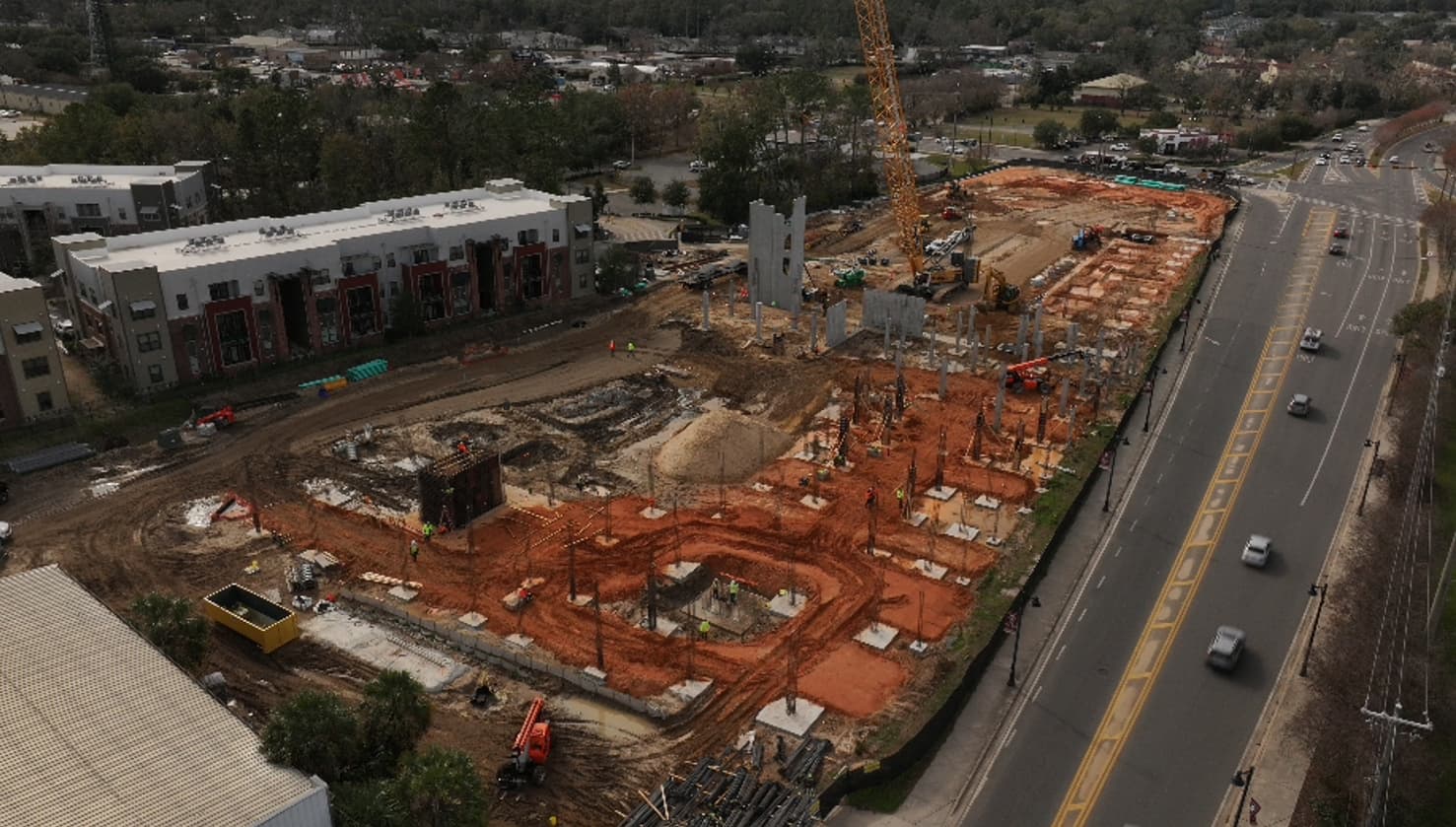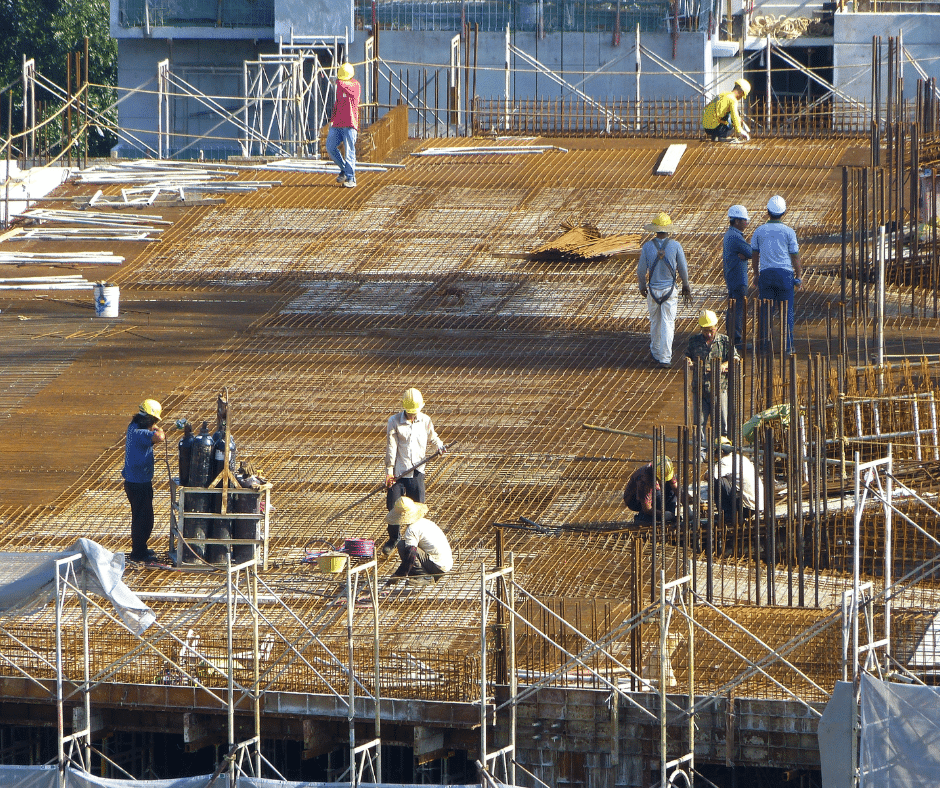The world of commercial and industrial construction is undergoing a remarkable transformation. With an eye toward the future, it is evident that cutting-edge techniques and new technologies are propelling the building sector forward and producing more intelligent, sustainable, and efficient structures. The landscape is changing quickly, utilizing both cutting-edge building materials and sophisticated construction methods. So why wait? You can explore innovations and trends in commercial and industrial construction through JAMISON CONSTRUCTION. They provide top-notch services in commercial and industrial construction. Here, we examine some of the most important innovations and trends influencing the direction of commercial and industrial buildings.
• Sustainable Construction Practices:
These days, sustainability is more than just a catchphrase—it’s necessary. To reduce its environmental impact, the construction sector is progressively implementing green building methods. It covers the application of renewable energy sources, energy-efficient designs, and environmentally friendly materials. For instance, it’s becoming increasingly typical to integrate energy-efficient HVAC systems, solar panels, and green roofs. Reclaimed wood and recycled steel are two examples of sustainable and recyclable materials that are increasingly being used. Businesses can save money in the long run by implementing these strategies, which help lessen the carbon impact of buildings.
• Modular and prefabricated construction:
Modular and prefabricated construction techniques are revolutionizing the industry by offering faster, more efficient building processes. These techniques entail building building sections in a controlled environment off-site and assembling them on-site. This method shortens the construction process, cuts down on waste, and improves quality assurance. It also gives designers more freedom and can be very helpful in difficult or distant areas. Prefabricated and modular buildings are expected to proliferate as the need for faster project turnaround times increases.
• Building Information Modeling (BIM):
The way building projects are planned and carried out is changing thanks to Building Information Modeling (BIM). BIM entails the creation of digital representations of buildings that contain comprehensive project information. Project planning becomes more precise and effective as a result of improved communication between contractors, engineers, and architects made possible by this technology. In addition, BIM improves visualization by enabling stakeholders to view an electronic version of the finished project before the start of construction. By doing this, you can save time and money during the construction process by lowering the possibility of errors and adjustments.
• Smart Buildings and Integration:
The integration of Internet of Things technology into commercial and industrial buildings is creating smarter, more connected environments. Smart buildings use devices to monitor and control various systems, such as lighting, heating, ventilation, and security. This allows for real-time data collection and analysis, leading to improved energy efficiency, enhanced security, and better occupant comfort. For instance, smart sensors can adjust lighting and temperature based on occupancy, reducing energy consumption. As technology continues to advance, we can expect to see even more intelligent and responsive building systems.
• Modern Building Materials:
In the construction industry of the future, innovative materials are essential. Concrete that heals itself is one such substance that can prolong the life of buildings by filling in gaps. Utilizing 3D-printed materials to create intricate, personalized building components with less waste and expense is another innovative breakthrough. The ability to produce stronger, lighter, and more resilient structures is another reason why materials like graphene and carbon fiber are being investigated. The potential for industrial and commercial construction is about to be redefined by these cutting-edge materials.
• Automation and robotics:
Construction operations are incorporating automation and robotics more and more. Drones are gathering useful data that can enhance project management through site surveys, inspections, and progress tracking. On-site productivity and accuracy are increasing thanks to autonomous construction equipment, such as 3D printers and robotic bricklayers. By taking on jobs that are dangerous for human workers, these technologies not only shorten construction schedules but also increase safety. The building sector will be more impacted by robotics and automation technologies as they develop further.
Conclusion:
There is great promise for the future of commercial and industrial construction as new developments and trends are expected to accelerate, optimize, and sustain building processes. We are enhancing the way we build structures and developing a better future for our planet and its people as we adopt these innovations. Businesses may guarantee they are prepared to meet the needs of the changing construction landscape by staying ahead of these trends. The options are virtually limitless as we embark on this adventure to build the future. You can go to their website to find out more about their commercial construction.





